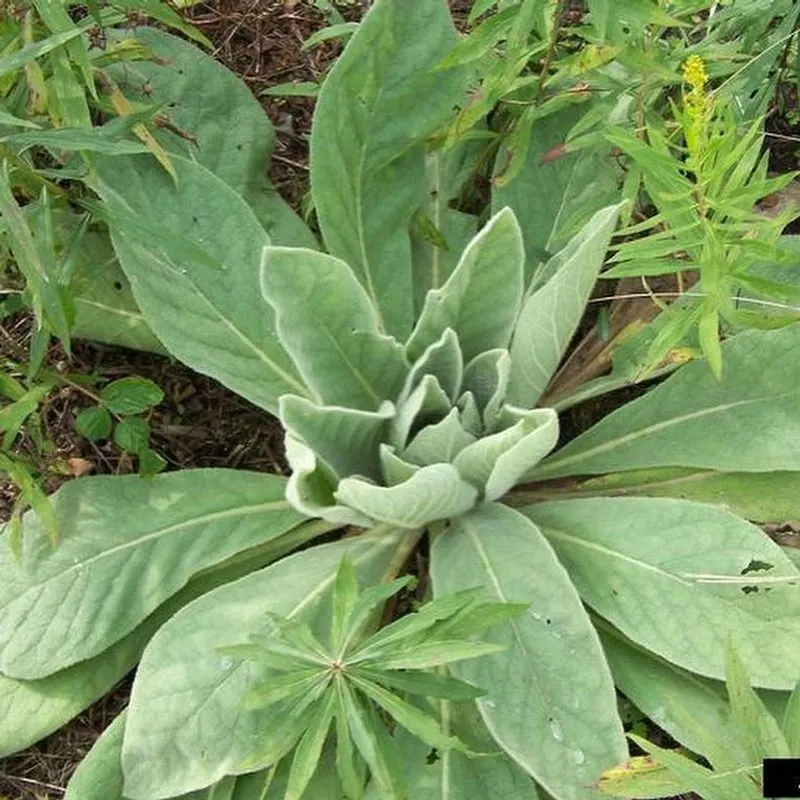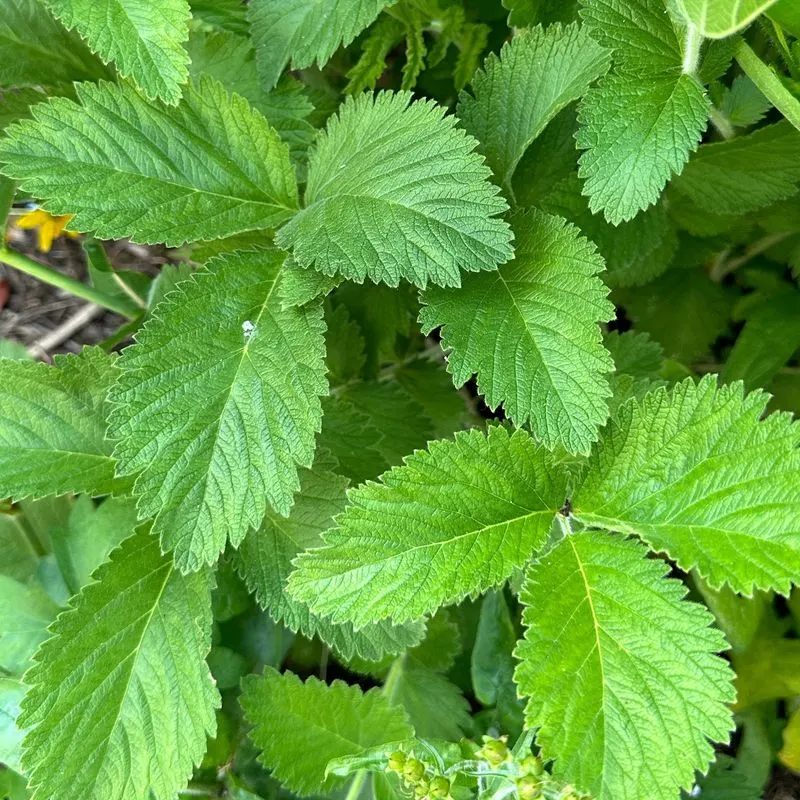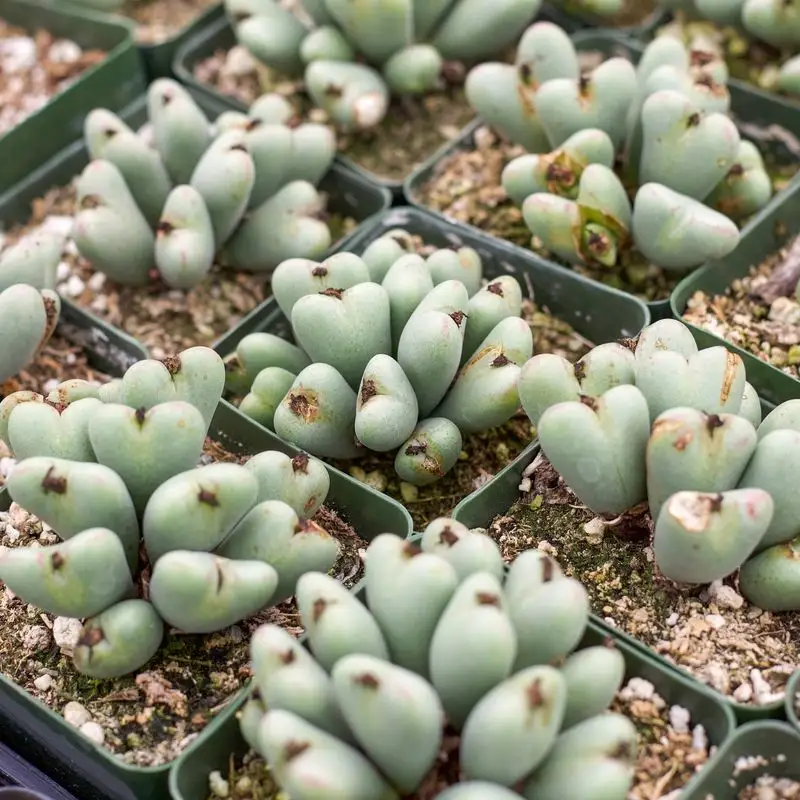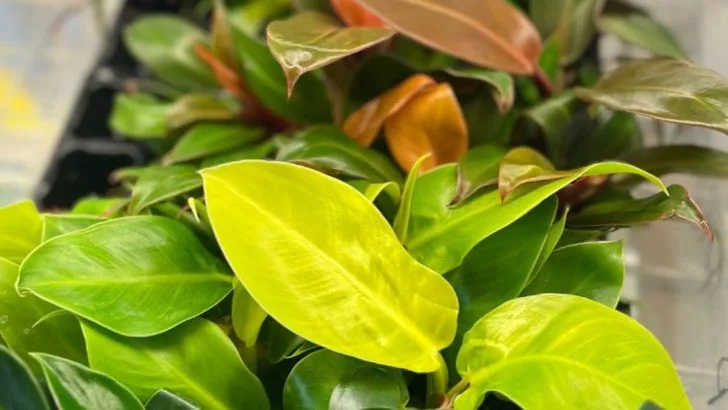Leaves aren’t just green panels catching sunlight—they’re full of hidden clues. The edges of leaves—whether fringed, lobed, toothed, or fuzzy—carry a silent language that reveals how a plant defends itself, gathers moisture, or even where it evolved to thrive.
By learning to read leaf edges, you can understand a plant’s water needs, pest resistance, and sun preferences—before it ever shows signs of stress. It’s like decoding a botanical fingerprint that tells you exactly what that species wants from its environment.
In this article, we’ll explore what these subtle features are really saying, and how you can use them to choose, care for, and troubleshoot plants with a deeper kind of insight—no app, test kit, or guesswork required.
Fringed Leaf Edges

Imagine a leaf with edges so intricate it seems nature itself spent extra time crafting its design. Fringed edges are not just for show; they increase leaf surface area, allowing for more photosynthesis. This adaptation is often seen in plants in low-light environments.
With their lace-like appearance, fringed leaves can be found on plants growing in damp, shaded forests, where every ray of sunlight is precious. The fringe captures light and moisture, enhancing the plant’s survival in challenging conditions.
These edges are a perfect example of nature’s blend of beauty and function, telling a story of resilience.
Lobed Leaf Edges

Lobes give leaves a distinctive silhouette, almost like nature’s fingerprint. This design reduces wind resistance, helping plants in windy areas avoid damage.
The deeply cut shapes create pockets of still air, allowing heat to dissipate, which is perfect for plants in hot, sunny climates. Lobed edges are common in oak and maple trees, where the unique pattern aids in temperature regulation.
Beyond function, lobed leaves add an architectural element to gardens and landscapes. Their unique shapes capture the imagination, inviting us to ponder nature’s genius in design.
Fuzzy Leaf Edges

Tiny hairs covering leaf edges give them a soft, fuzzy appearance. This adaptation provides a protective barrier against pests and excessive sunlight.
The fuzziness traps moisture, helping plants in arid regions conserve water. This characteristic is often observed in plants like lamb’s ear and mullein, which thrive in dry, sunny areas.
More than just a defense mechanism, fuzzy edges add a tactile dimension to plant design. They invite interaction, encouraging a closer look at the plant’s unique adaptations.
Serrated Leaf Edges

Serrated edges resemble the teeth of a saw, ready to cut through the air. This design can help deter herbivores, acting as a natural defense mechanism.
The tooth-like projections increase surface area, aiding in photosynthesis. You can find serrated edges on plants like roses and holly, where the edgy design serves both form and function.
These sharp, defined edges capture attention and imply a sense of strength and resilience, making them a striking feature in any plant collection.
Smooth Leaf Edges

Smooth-edged leaves offer a sleek, uninterrupted outline, which can reduce drag and minimize damage from wind and rain.
This simple design is found in many aquatic plants, where smoothness aids in water flow and reduces resistance. The fluid contour allows rain to wash over effortlessly, protecting the leaf’s surface.
Such edges suggest tranquility and harmony, reflecting a plant’s adaptation to calm environments. They add a graceful touch to gardens, where their understated elegance can often go unnoticed but never unappreciated.
Toothed Leaf Edges

Toothed edges feature pointed extensions that resemble a row of small teeth. This design helps with water runoff, preventing excess moisture from settling on the leaf surface.
The toothed pattern is common in elm and beech trees, which are often found in temperate regions. Allowing rain to drip away quickly reduces the risk of fungal infections.
These edges create visual interest, drawing the eye with their rhythmic pattern and lending a lively energy to the plants they adorn. They tell the tale of efficiency and elegance combined.
Undulate Leaf Edges

Undulate edges ripple like gentle waves, adding texture and whimsy to leaves. This design can help channel water away, aiding in moisture control.
The wavy pattern is often seen in plants in coastal areas, where wind and water constantly shape the landscape. Undulate edges enhance airflow, reducing the risk of wind damage.
These flowing contours invite curiosity, embodying the plant’s flexibility and strength. They offer a sense of movement even when still, a testament to nature’s dynamic artistry.

